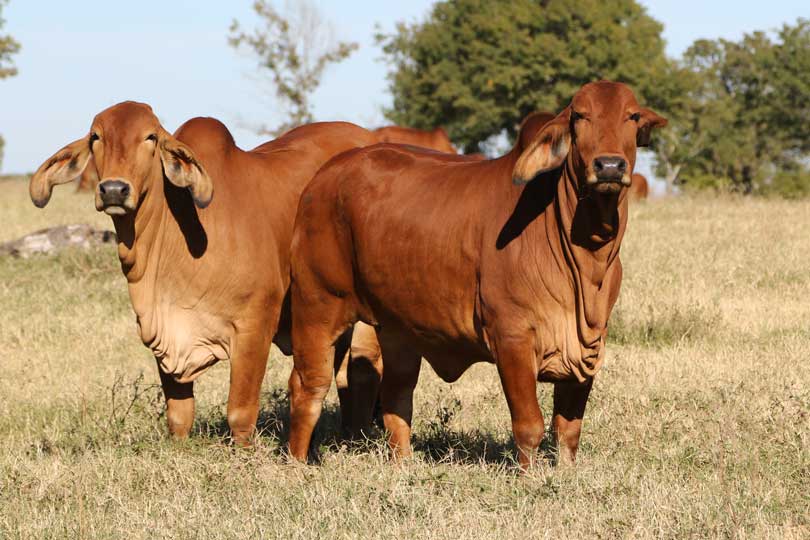By Shelby Shank
Field Editor
Researchers with U.S. Department of Agriculture’s (USDA) Agricultural Research Service (ARS) are studying various tools to reduce the cattle fever tick population in the United States.
Cattle fever ticks are prevalent throughout the Rio Grande Valley due to the proximity to Mexico. The tick carries a disease, bovine babesiosis, that could be devastating to Texas and the U.S. cattle industries if not contained.
John Goolsby, ARS entomologist with the Cattle Fever Tick Research Unit in Edinburg, has developed ways to treat nilgai antelope with sprayers positioned in the landscape on ranches. Nilgai are an antelope species originally from India that were brought to the U.S. as zoo animals in the 1920s and later released in South Texas.
As nilgai go through fence crossings, they are sprayed with entomopathogenic nematodes, which are soft bodied, non-segmented roundworms that kill the tick. Nematodes are native to the local environment and offer a solution that works with nature to make the host animal more resilient to the cattle fever tick.
Researchers are also working on a botanical pesticide made of different organic oils from flowers and various plant components like citrus or cedarwood. One treatment, “Stop The Bites,” is applied to the animal using an automated sprayer when they enter a pen to drink water.
“We’re collecting the off-host larval ticks to see what kind of an impact the native nematodes are having on the cattle fever ticks to determine if that would be an adequate form of treatment in the field for this life stage,” Lauren Maestas, research ecologist at the Cattle Fever Tick Research Unit, said.
Researchers are also trying to detect the correct places in an animal’s environment for the treatment to target the tick and the disease it can carry.
For the treatment to work, researchers have to determine how to implement the treatment for wildlife who are constantly on the move and not easily accessible. Radio collars are being used to locate different routes animals utilize and their patterns to determine where to place the treatments.
“Part of the USDA’s mission is to reduce the use of pesticides and acaricides (pesticides used to kill ticks),” Donald Thomas, research entomologist at the Cattle Fever Tick Research Unit, said. “So, we are moving into a new paradigm to utilize vaccines in order to control the ticks.”
Researchers in Texas are looking to find a vaccine with a higher level of effectiveness than BM86, a current vaccine that is between 55% to 71% effective.
Charluz Arocho, a research specialist and graduate student at Texas A&M University, has been working on a new vaccine using extracellular vesicles (known to facilitate intercellular communication in diverse cellular processes such as immune responses and coagulation), specifically exosomes and microvesicles (which are two of the three main subtypes of extracellular vesicles) because they are more effective as vaccine candidates.
Cattle fever ticks have the potential to carry and transmit the disease bovine babesiosis, which destroys the animal’s red blood cells and results in anemia, fever, illness and death in up to 90% of infected cattle.
Researchers are working to find a vaccine that is more effective and can eradicate the tick, helping farmers and ranchers provide a higher-quality product and keep the beef cattle industry thriving in the United States.

